Best West Coast small towns to live in
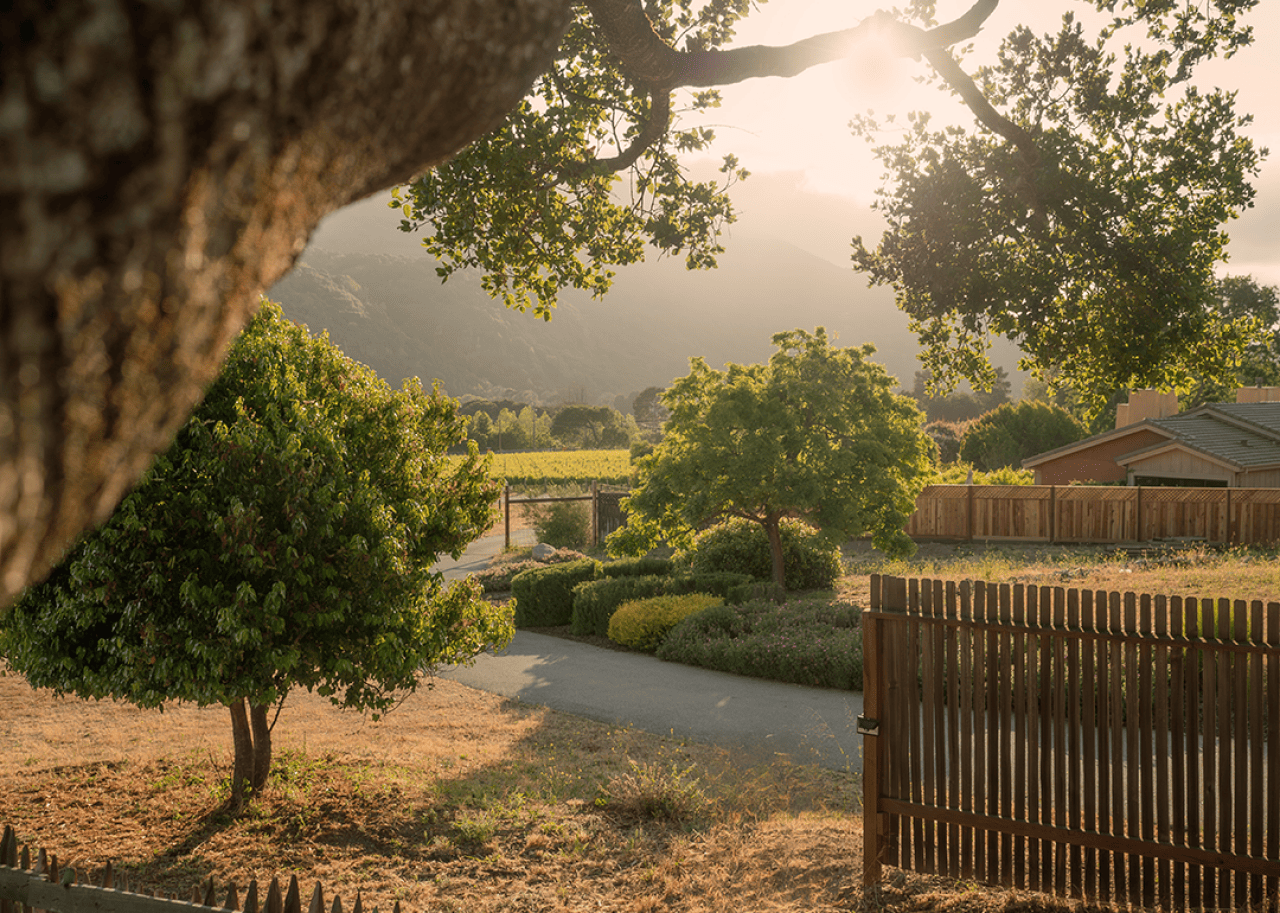
Renato Garcia M // Shutterstock
Best West Coast small towns to live in
The American dream of buying a home in a quaint small town is alive and well. In 2023, more people moved to small towns than to cities, and the Census Bureau reported in 2024 that some of the fastest-growing communities in the country are considered exurban (i.e., well outside of major metropolitan areas).
Though 2023 marked the first year since the 1970s that migration to small towns exceeded migration to urban areas, this trend had been on the rise in recent years in the wake of the COVID-19 pandemic and the increasingly common practice of remote work. Young Americans have been at the forefront of the shift. A report from the University of Virginia released in 2024 shows that, since 2020, adults aged 25 to 44 have increasingly left major metropolises to settle down in either rural counties or cities with fewer than 1 million residents.
If you’re looking to follow suit and relocate to the West Coast, this list offers plenty of attractive options. Stacker referenced Niche’s 2025 Best Places to Live and filtered the results to the West Coast and then narrowed them further to places with fewer than 5,000 residents. Niche calculated the best places to live based on cost, safety, weather quality, access to healthy living, and other factors.
Whether you’re considering a move or just want a peek into small-town life, this list will certainly inspire some home searches.
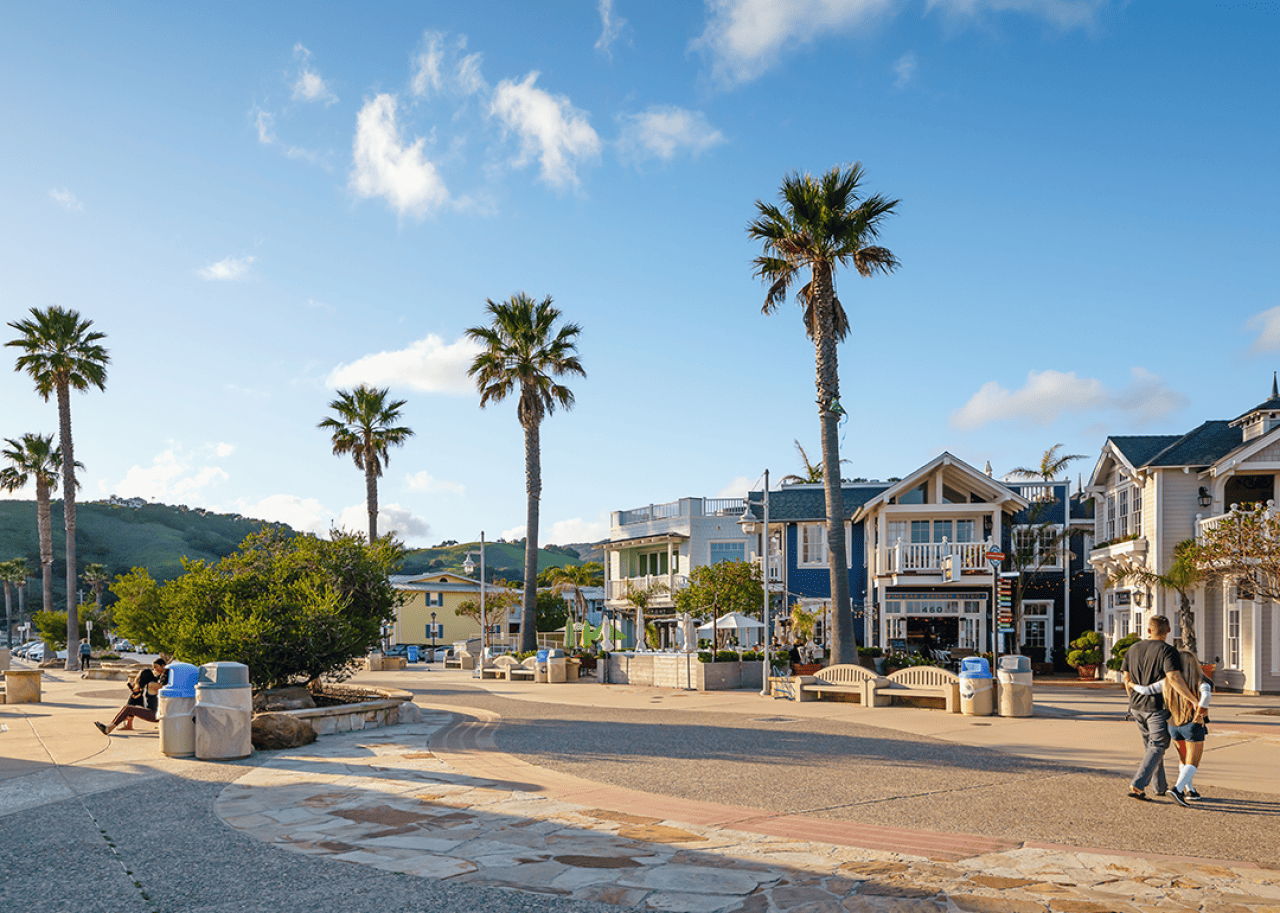
HannaTor // Shutterstock
#25. Avila Beach, California
– Population: 1,365
Located off of California’s Highway 1, Avila Beach faces south, which means it gets more direct sunshine than any other beach town in the area. The walkable village is situated perfectly between the ocean, the wooded hills, and the swath of wineries that dot the region, meaning there’s something here for everyone.
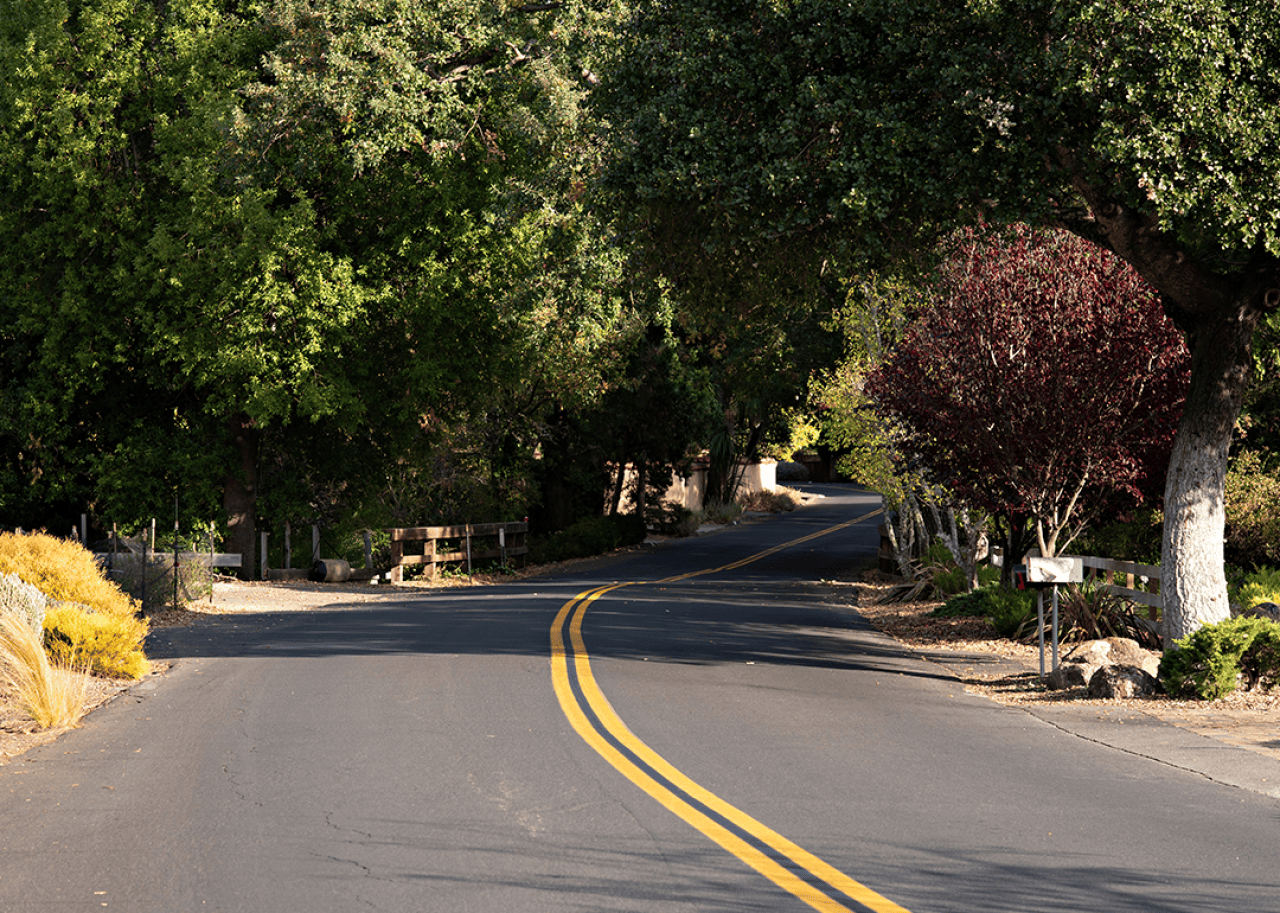
Lucy Autrey Wilson // Shutterstock
#24. Sleepy Hollow, California
– Population: 2,644
Not to be confused with the village of Sleepy Hollow in New York’s Hudson Valley, this Sleepy Hollow is a quiet, peaceful Bay Area town with just 750 homes. It’s beloved by equestrians and hikers alike for its proximity to two nature preserves. During World War II, the Army used a Sleepy Hollow golf course for the secret storage of munitions.
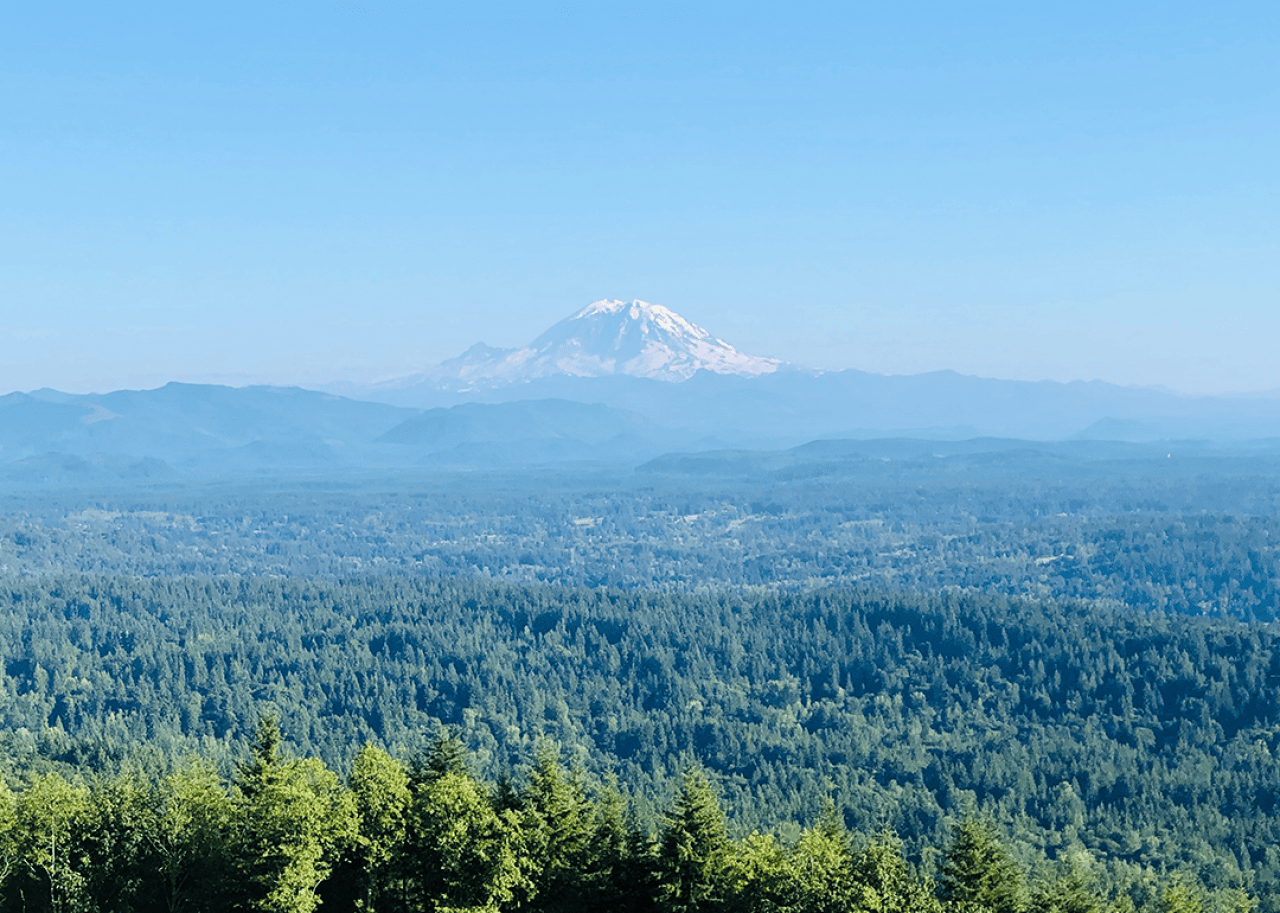
khof23 // Shutterstock
#23. Mirrormont, Washington
– Population: 4,217
Mirrormont, just west of Tiger Mountain State Forest in the southeastern suburbs of Seattle, was founded in 1962. It has large lots featuring plenty of trees and signature A-frame-style homes. With great schools and outdoor activities nearby—including golf, tennis, and swimming at the local country club—Mirrormont is known for its privacy and strict rules to protect the neighborhood’s rustic character.
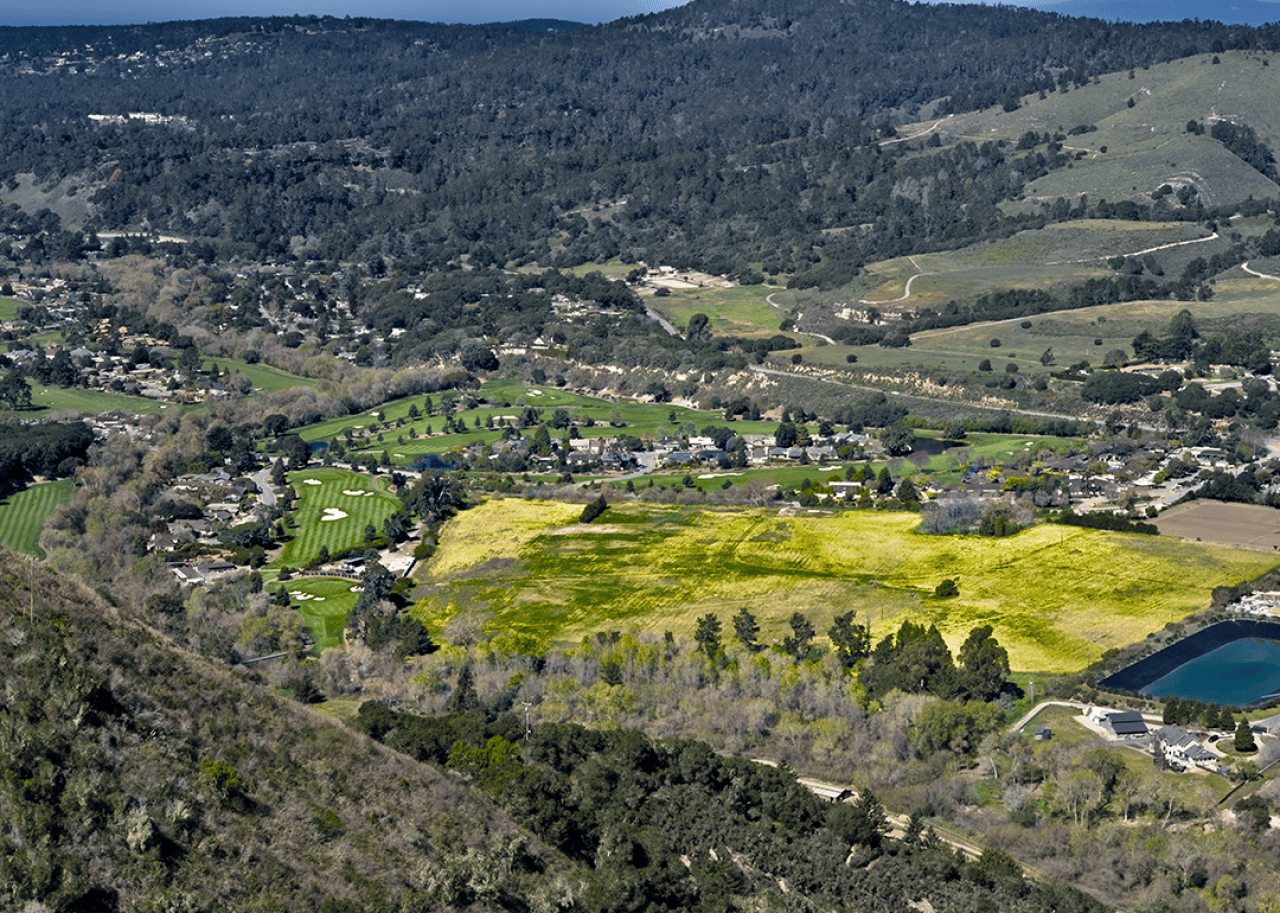
Yonchee // Shutterstock
#22. Carmel Valley Village, California
– Population: 4,435
A lovely walkable community in Central California, Carmel Valley Village is packed with highly rated restaurants, wine tasting rooms, art galleries, and locally owned shops. Outside of the village center, residents can enjoy Garland Ranch Regional Park and the Quail Lodge & Golf Club.
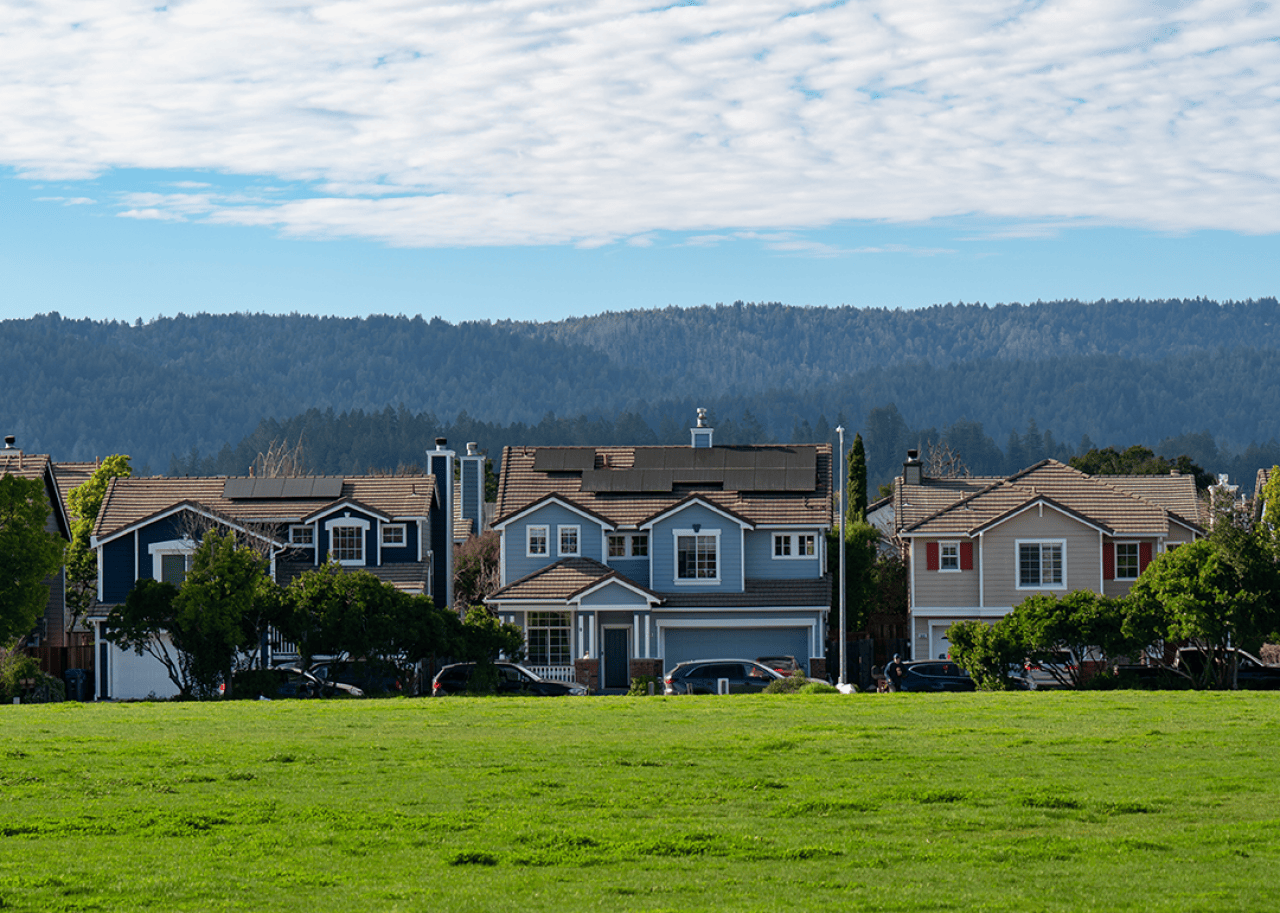
Michael Barajas // Shutterstock
#21. Mount Hermon, California
– Population: 1,203
This small town in Santa Cruz County was originally known as Tuxedo Junction, a stop on the South Pacific Coast Railroad with a well-known resort. Today, in addition to residential homes, Mount Hermon hosts Christian camps of the same name.
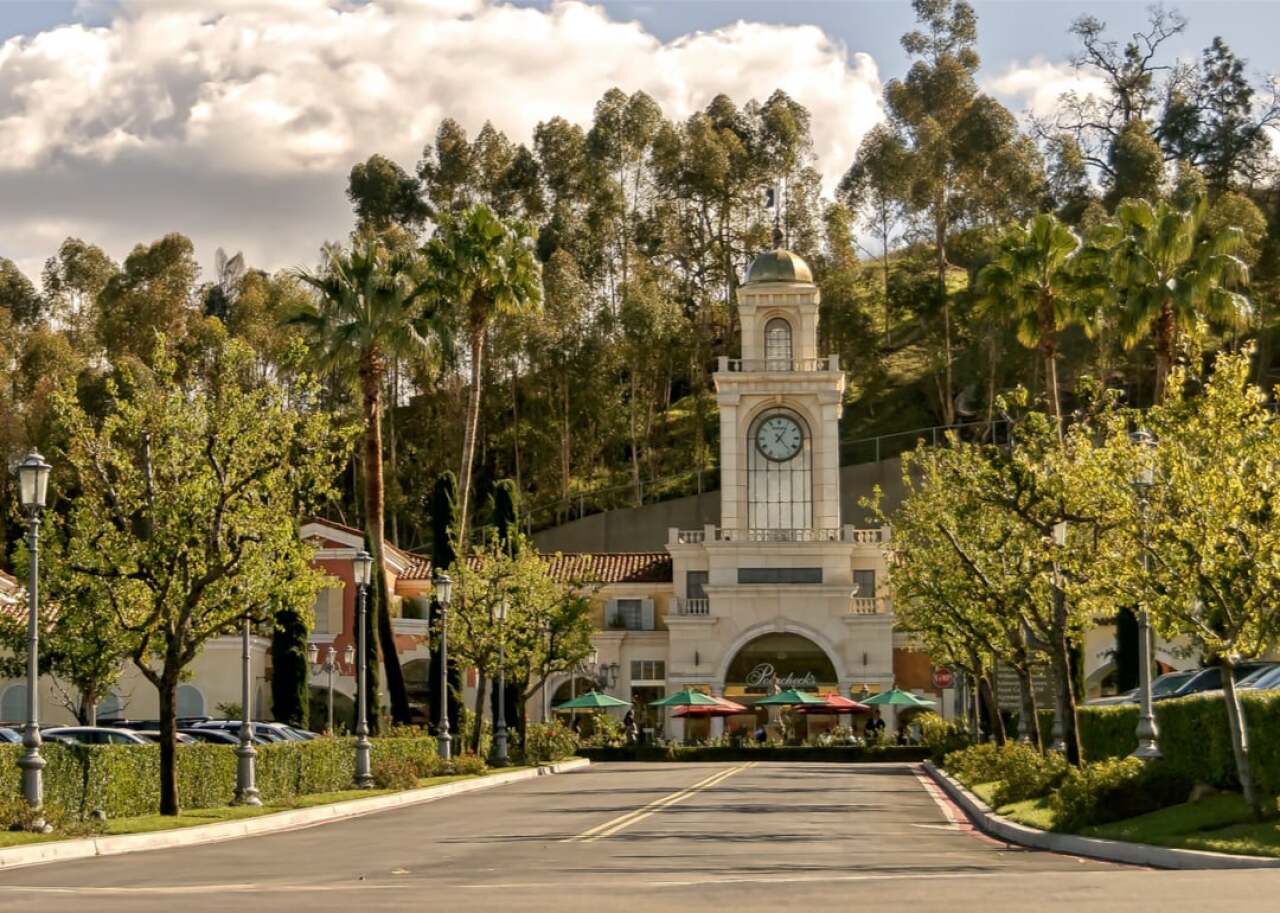
Lux Blue // Shutterstock
#20. Hidden Hills, California
– Population: 2,079
Known for celebrity residents like Kardashian family members, music stars, and actors, Hidden Hills offers a rarefied version of a small-town lifestyle. This gated residential community developed in the 1950s boasts an extensive network of equestrian trails—some residents even pick up their kids on horseback. With so many A-list celebrities in the community, Hidden Hills also takes privacy extremely seriously. The community has even banned Google’s photography vehicles from recording the area for Google Street View.
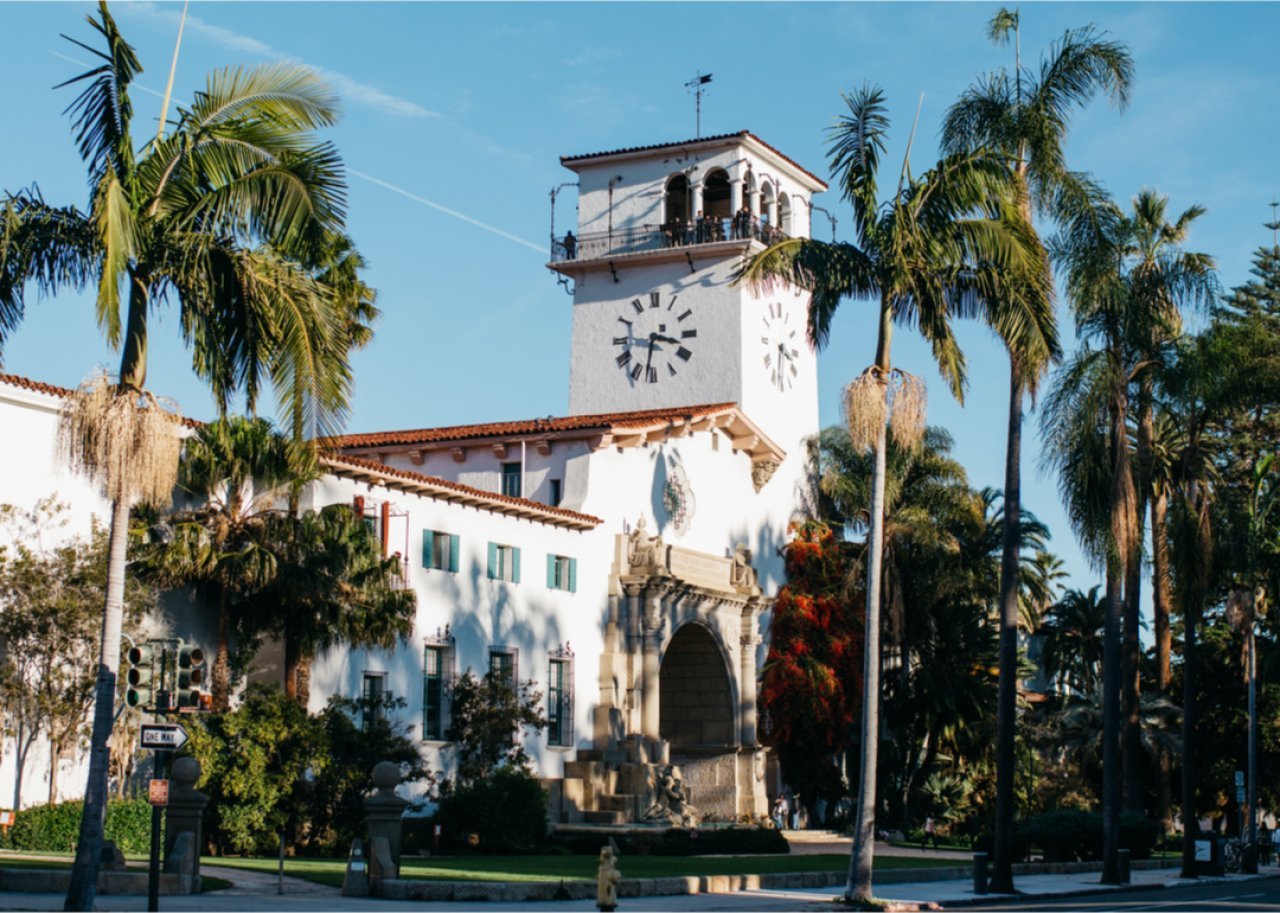
Tania Chatterjee // Shutterstock
#19. Mission Canyon, California
– Population: 2,296
This suburb of Santa Barbara is named for nearby Old Mission Santa Barbara, founded by Spanish Franciscan friars in 1786, and the dramatic canyon landscape. Visitors flock to this neighborhood for the lush Santa Barbara Botanic Garden and several popular hiking trails nearby.
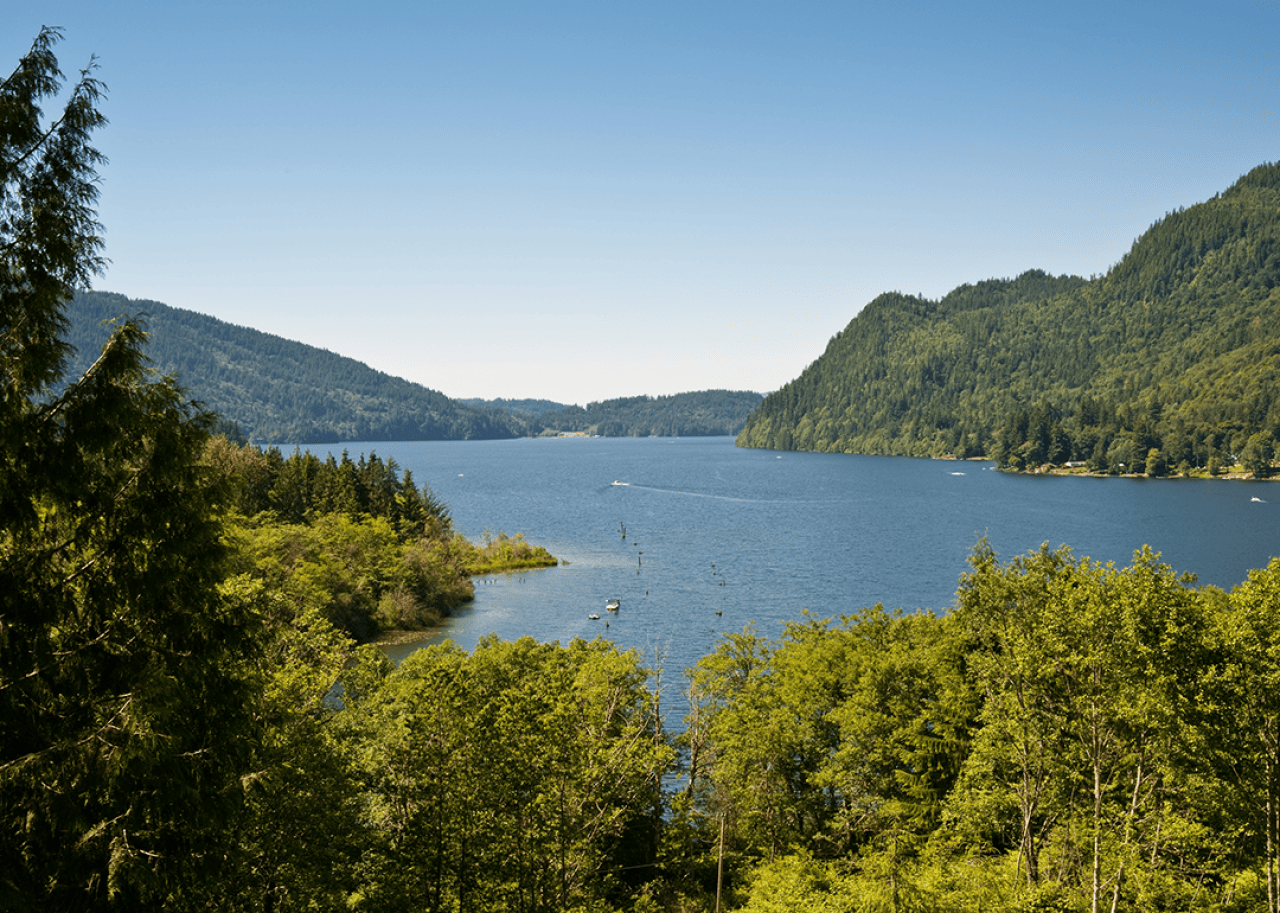
Jaime Pharr // Shutterstock
#18. Geneva, Washington
– Population: 2,200
Nestled between Lake Whatcom and Lookout Mountain in northeastern Washington, Geneva strikes a perfect balance between rustic and urban. Residents have easy access to all of the conveniences of nearby Bellingham, while being able to enjoy the larger property sizes and outdoorsy lifestyle of Geneva.
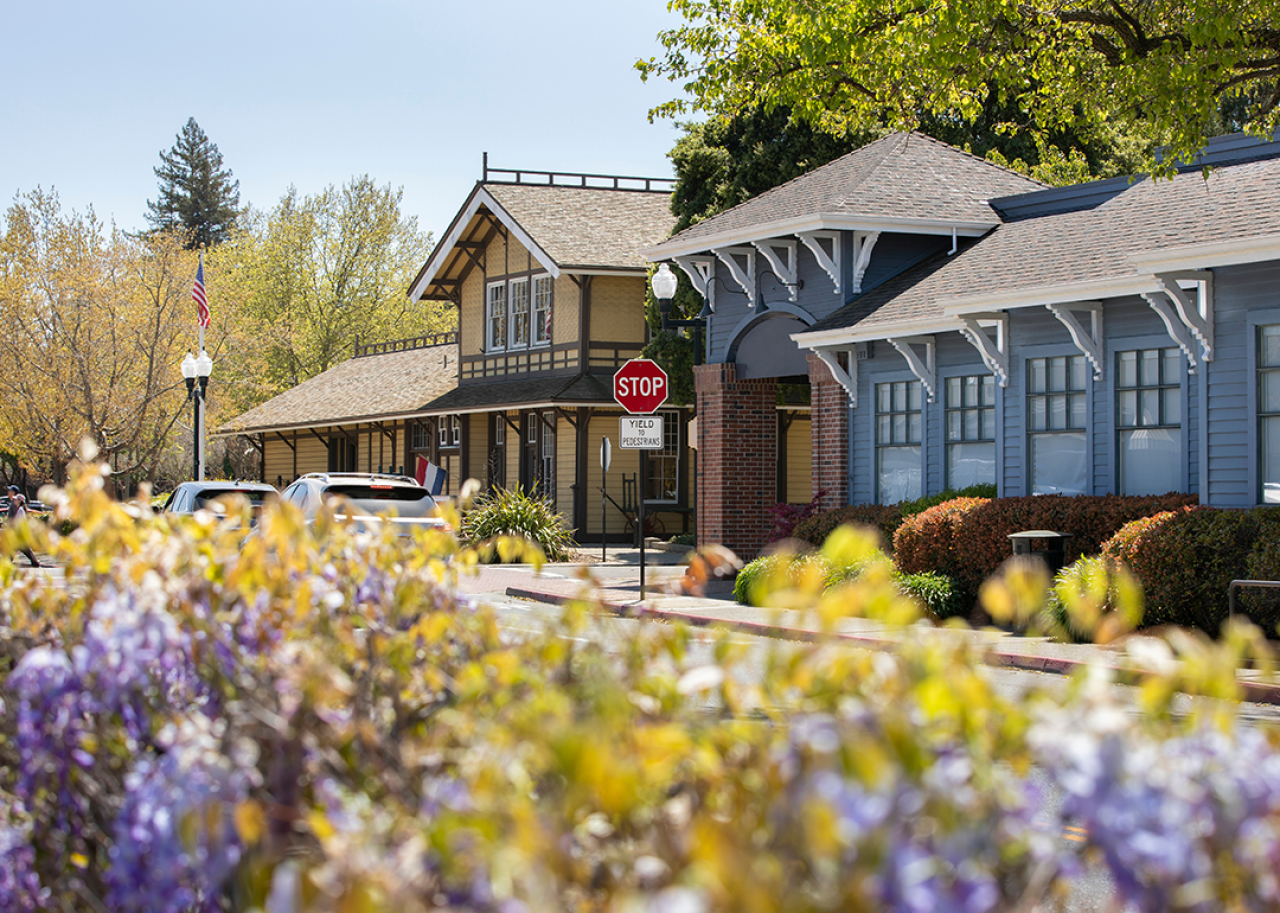
Matt Gush // Shutterstock
#17. Diablo, California
– Population: 1,072
Once a premier summer destination for affluent San Franciscans, Diablo is now a quaint community of around 400 homes. The Diablo Country Club, which features a par-72 golf course, is the community’s crown jewel. More than 100 years after it was first opened, the club recently underwent a massive renovation.
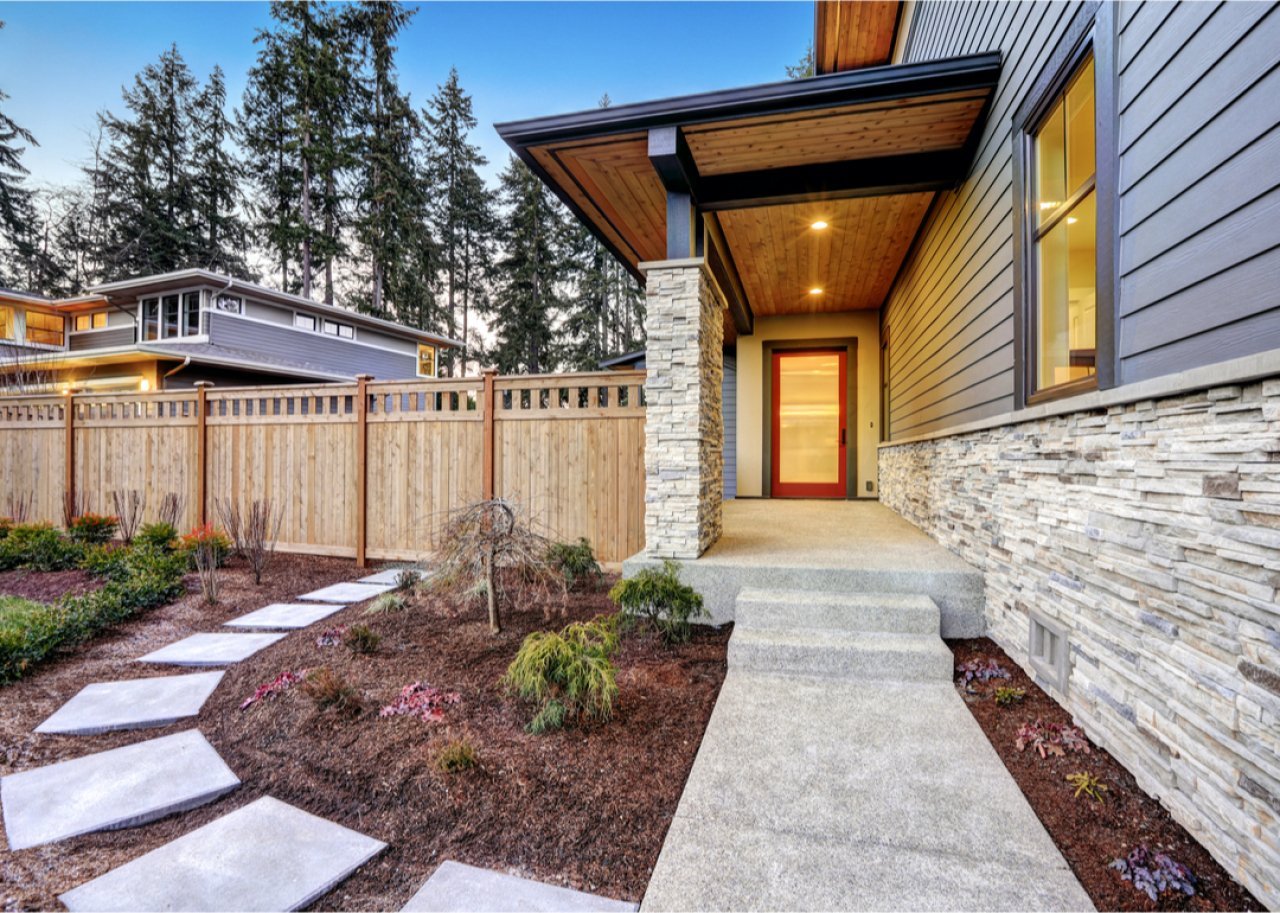
Sseattle.Eastside.Aerials // Shutterstock
#16. Medina, Washington
– Population: 2,889
Located between the Seattle suburbs of Bellevue and Kirkland, this community on the shore of Lake Washington is an attractive choice for families—but it’s also become known as a “secret billionaire hideaway” thanks to residents like Jeff Bezos and Bill Gates. It’s a predictably expensive place to buy a home: According to Zillow, the median home price in Medina tops $4.5 million. It’s no surprise that Medina is the Washington city with the highest placement on a list of the richest zip codes in America.
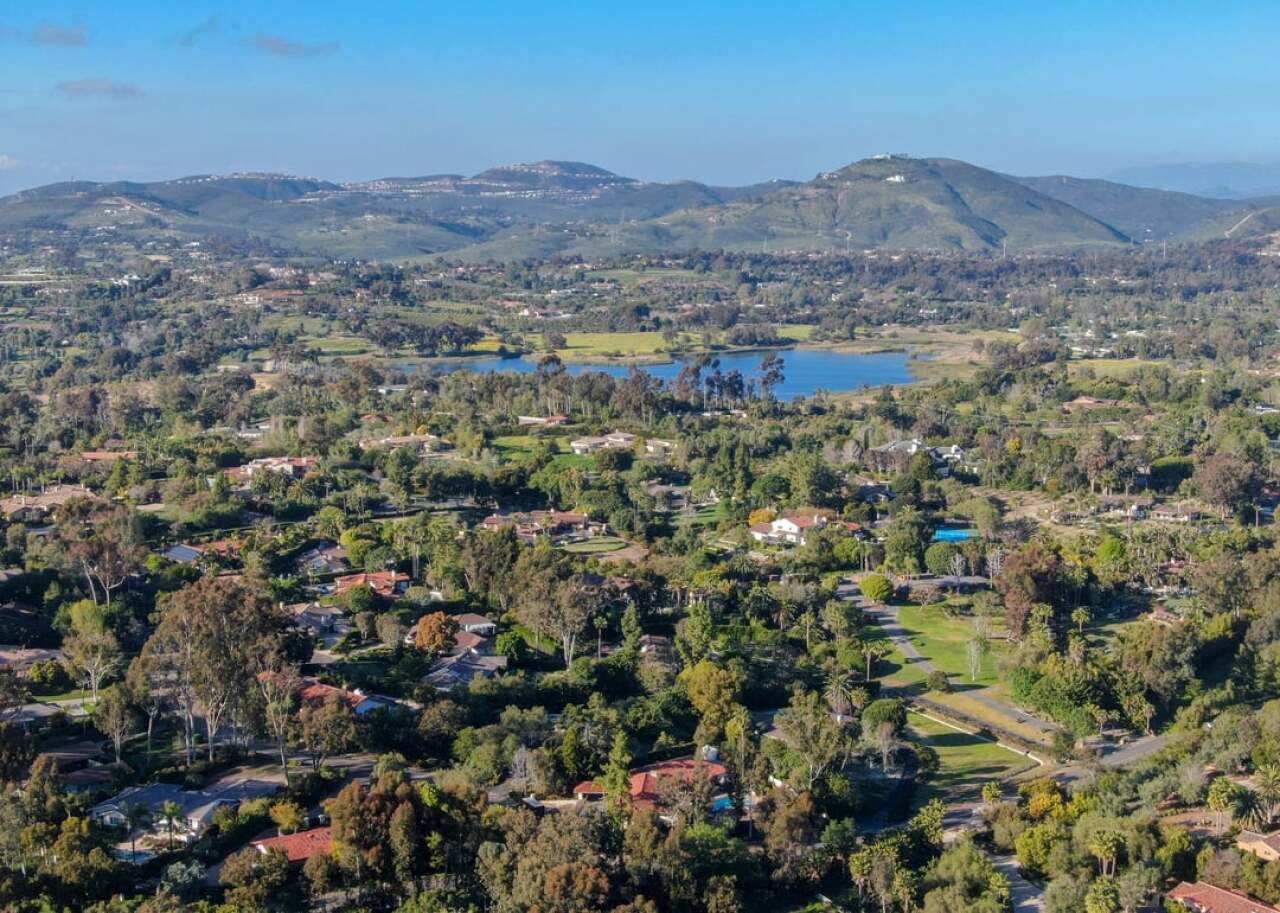
bonandbon // Shutterstock
#15. Rancho Santa Fe, California
– Population: 2,574
Rancho Santa Fe’s history dates back to a time before California’s statehood, when Mexico’s governor Pio Pico awarded the area in a land grant to San Diego’s first mayor, Juan Osuna, in 1840. In the early 1900s, the Atchison, Topeka & Santa Fe Railway company bought the land and planted eucalyptus trees for later use as railroad ties. After that experiment failed, the company decided to turn the land into a residential development, and Rancho Santa Fe, as we know it, was born.
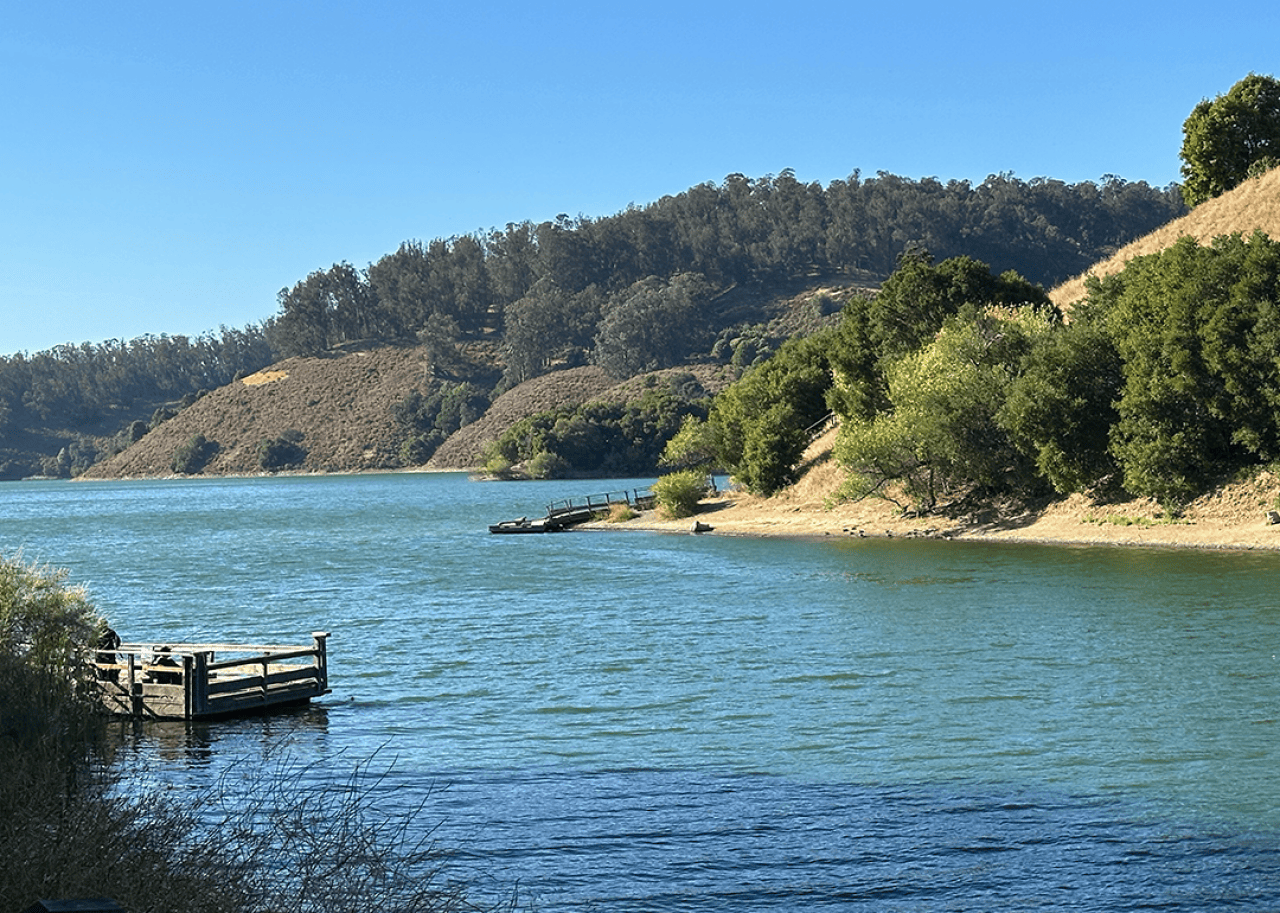
ASIMAKIN // Shutterstock
#14. Lexington Hills, California
– Population: 2,777
Situated between Los Gatos and Santa Cruz, Lexington Hills is a small community of less than 3,000 people. While it’s certainly not a cheap place to live—the median home value is $1.2 million—residents appreciate the area’s rural feel, which includes miles of hiking and equestrian trails.
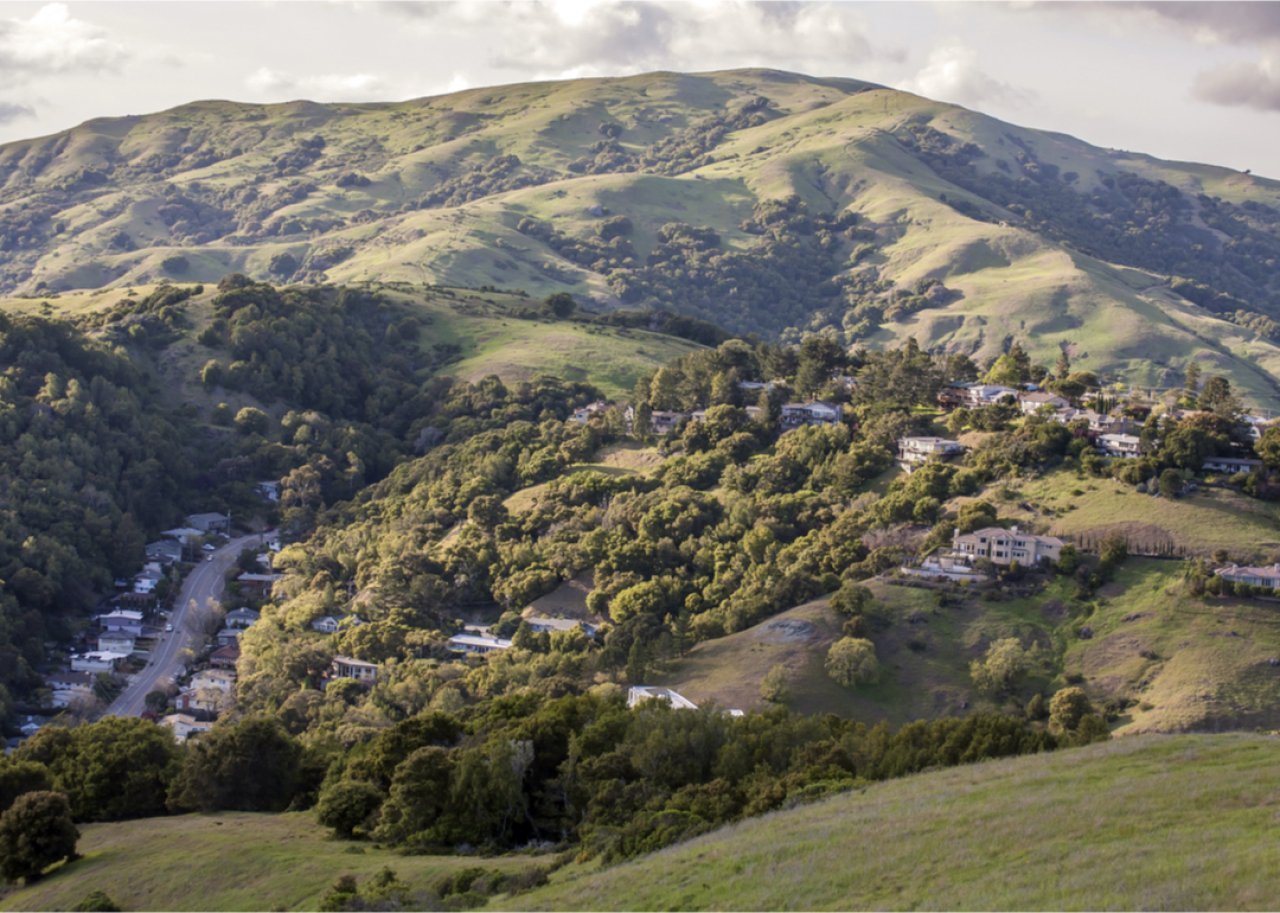
Marben // Shutterstock
#13. Ross, California
– Population: 2,626
First incorporated in 1908, Ross is a quaint town in Marin County governed by a five-person town council and a town manager. Ross has a real small-town feel, with just two churches, three schools, and a few cultural institutions, like the Marin Art and Garden Center, as well as a library run by the historical society.
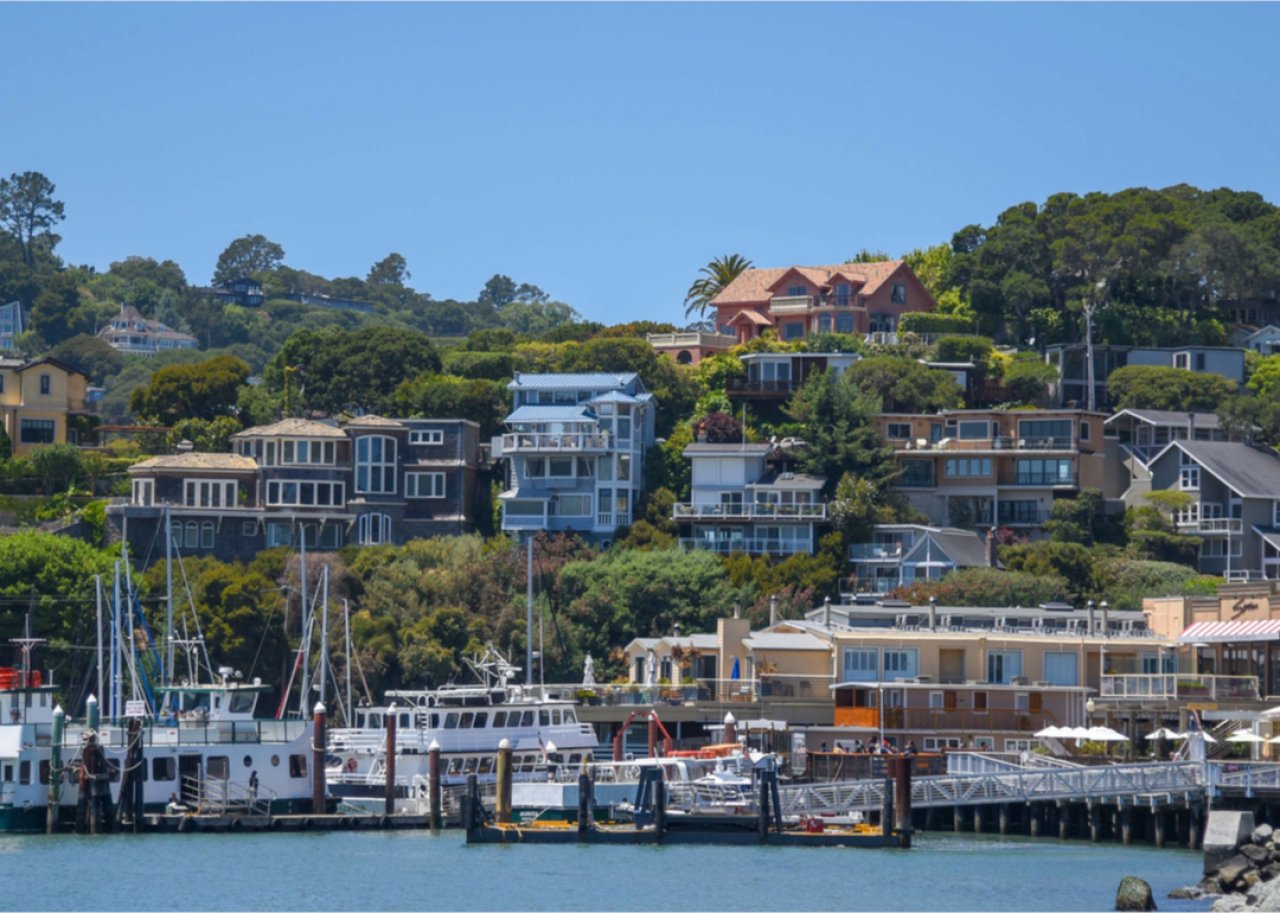
FourthNovemberStudio // Shutterstock
#12. Belvedere, California
– Population: 2,415
Belvedere, proudly proclaiming itself one of the smallest and oldest cities in California, was first incorporated in 1896. The San Francisco Bay borders the town on three sides. In fact, the 0.5-square-mile city is technically composed of two islands and a lagoon, giving the homes here unbeatable views.
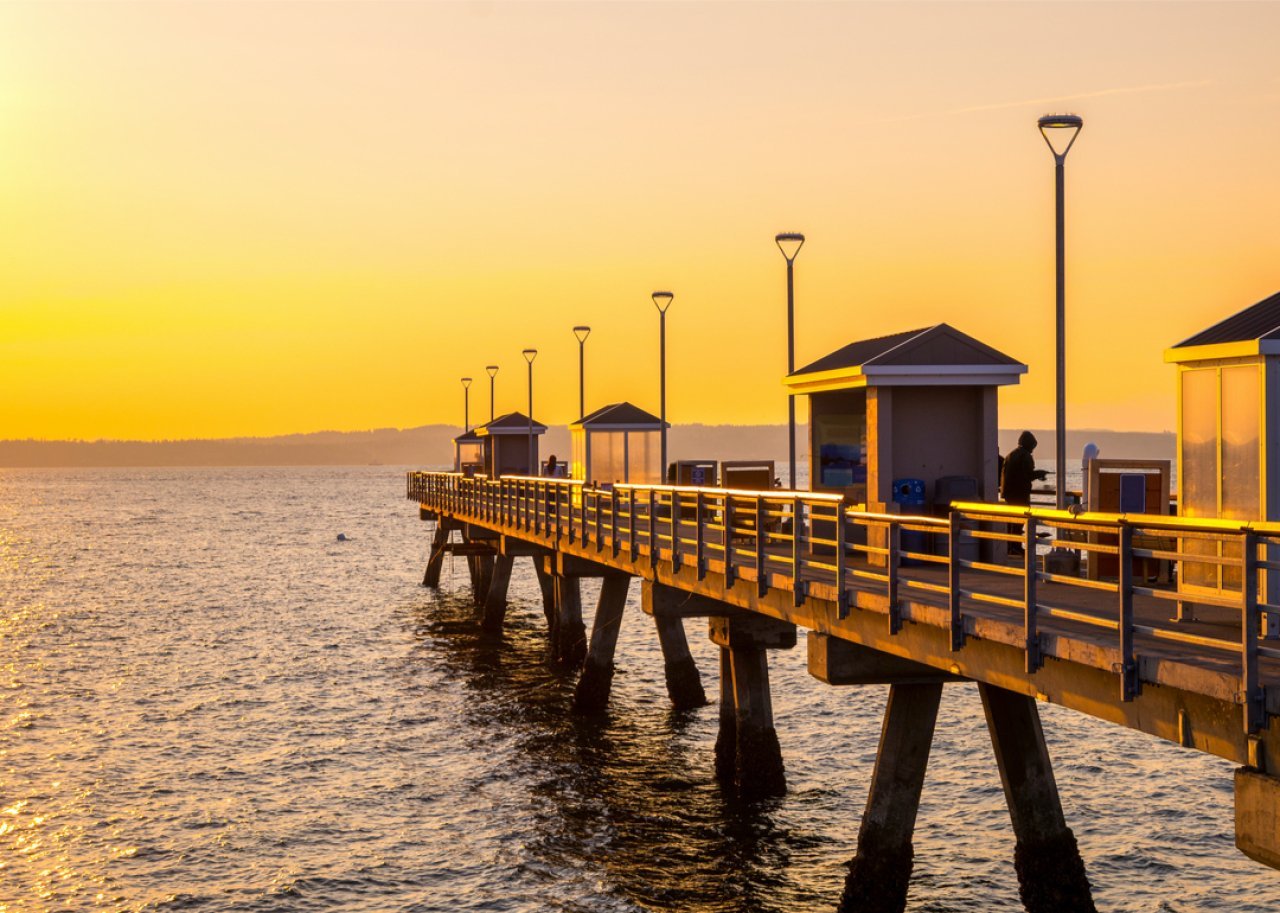
Nadia Yong // Shutterstock
#11. Woodway, Washington
– Population: 1,174
Just 20 miles north of Seattle, you’ll find Woodway, self-described as “the quiet place.” Residents love to walk and bike around the evergreen-lined lanes and local parks. The town’s history dates back to 1912 when David Whitcomb Sr. developed 400 acres into modest, country-style homes.

Sundry Photography // Shutterstock
#10. Loyola, California
– Population: 3,883
Like the neighboring towns of Mountain View and Los Altos, Loyola is an affluent community. As of September 2025, Zillow puts the median home value at over $4.5 million. Top-rated schools, luxury amenities like a country club, and its proximity to the Bay Area make Loyola an appealing (albeit pricey) place to live.
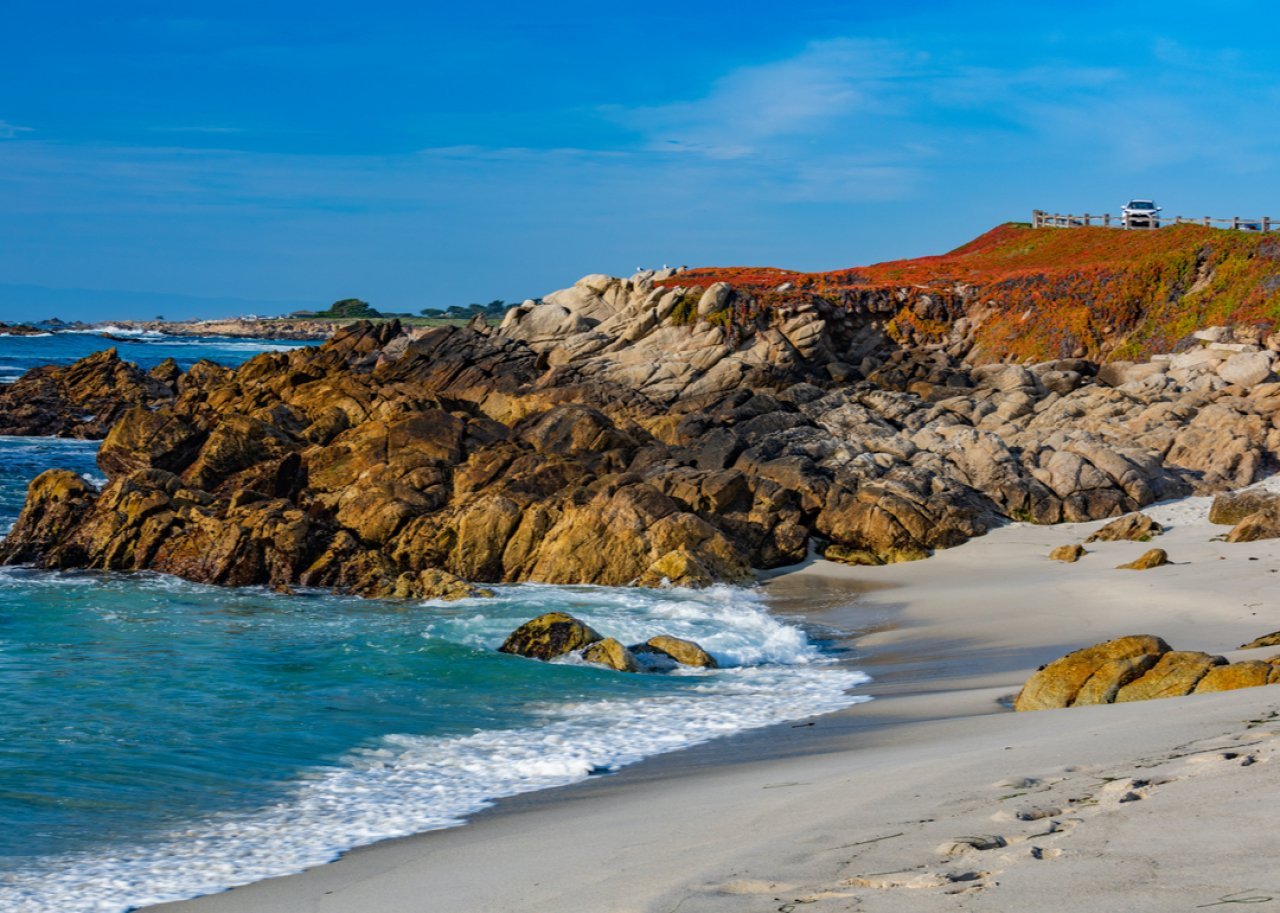
Abbie Warnock-Matthews // Shutterstock
#9. Del Monte Forest, California
– Population: 3,576
This unincorporated community in Monterey County is known for its picturesque views. Visitors might want to spend a leisurely afternoon checking out all the sights on 17-Mile Drive, including the Lone Cypress—a rugged, salt air-pruned tree clinging to a craggy rock in the bay—and the iconic Pebble Beach Golf Links course. Though Pebble Beach is technically a separate community, it sits within Del Monte Forest.

Sundry Photography // Shutterstock
#8. Monte Sereno, California
– Population: 3,459
When a community began forming in what is now Monte Sereno in the early 1900s, the area was rural and agricultural. Today, you won’t find any orchards, farms, or livestock—just a peaceful residential community that has been home to author John Steinbeck, painter Thomas Kinkade, and Beat poet Neal Cassady over the years.
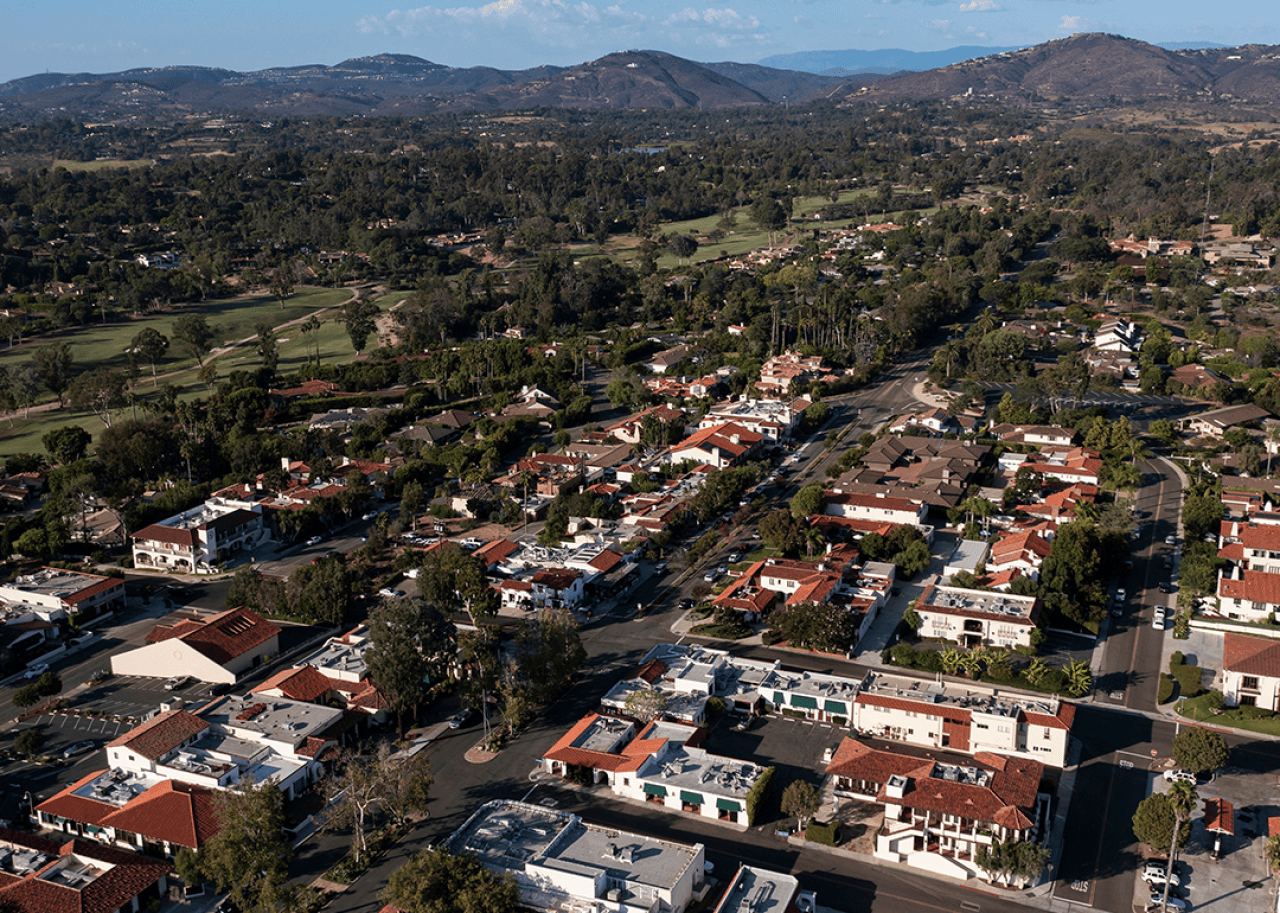
Matt Gush // Shutterstock
#7. Fairbanks Ranch, California
– Population: 2,794
Originally owned by Douglas Fairbanks and Mary Pickford, two of the biggest actors in early Hollywood, Fairbanks Ranch has been converted into one of Rancho Santa Fe’s most luxurious communities. Consisting of just one gated neighborhood, Fairbanks Ranch has ample amenities, including a clubhouse, tennis courts, and an equestrian center. It’s probably no surprise to learn that the median home listing price as of September 2025 is nearly $6 million.
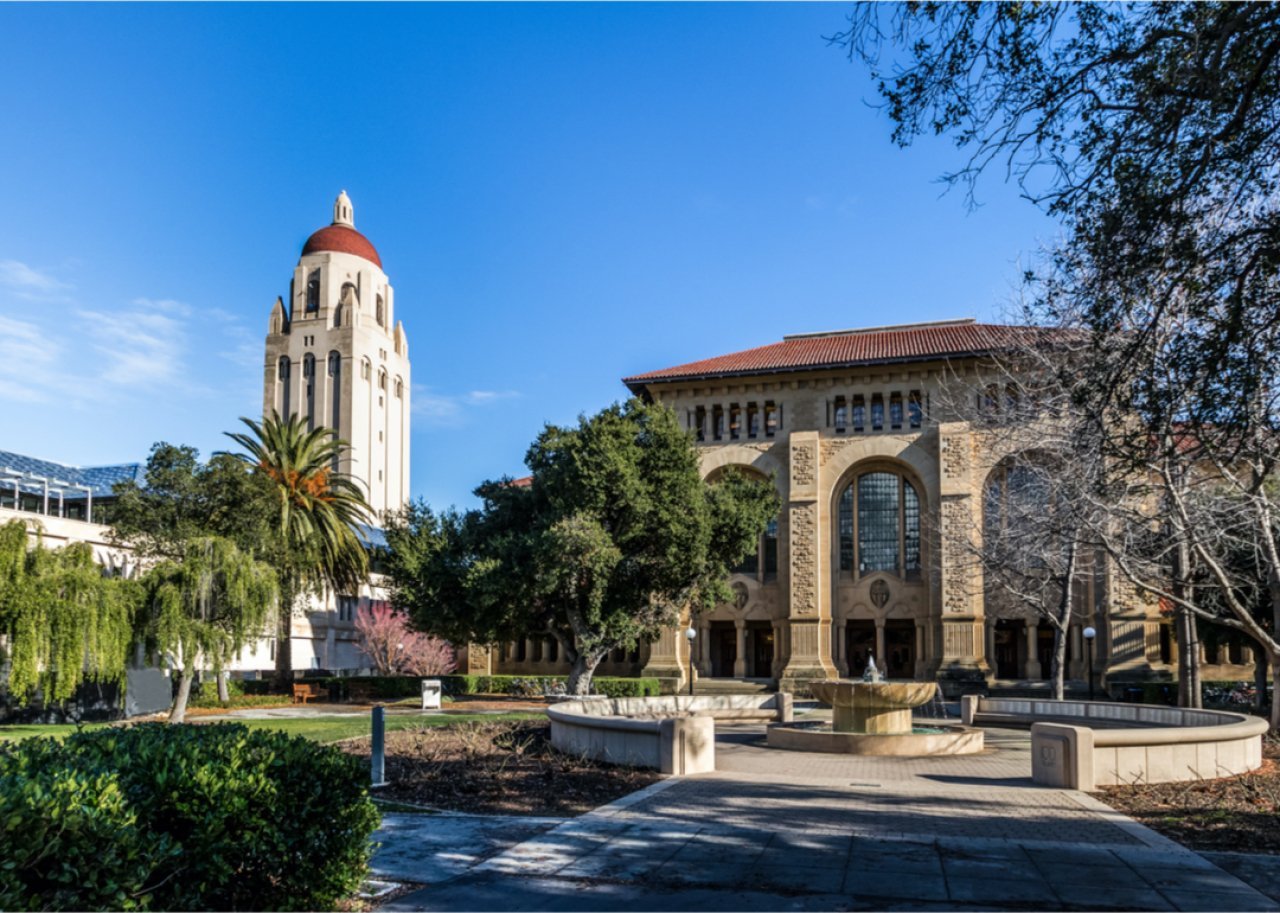
Diego Grandi // Shutterstock
#6. West Menlo Park, California
– Population: 3,382
This small community sits just west of Stanford University, with most of its bars, restaurants, and local businesses lining Alameda de las Pulgas. Excellent school districts make this area particularly sought after by Bay Area families.
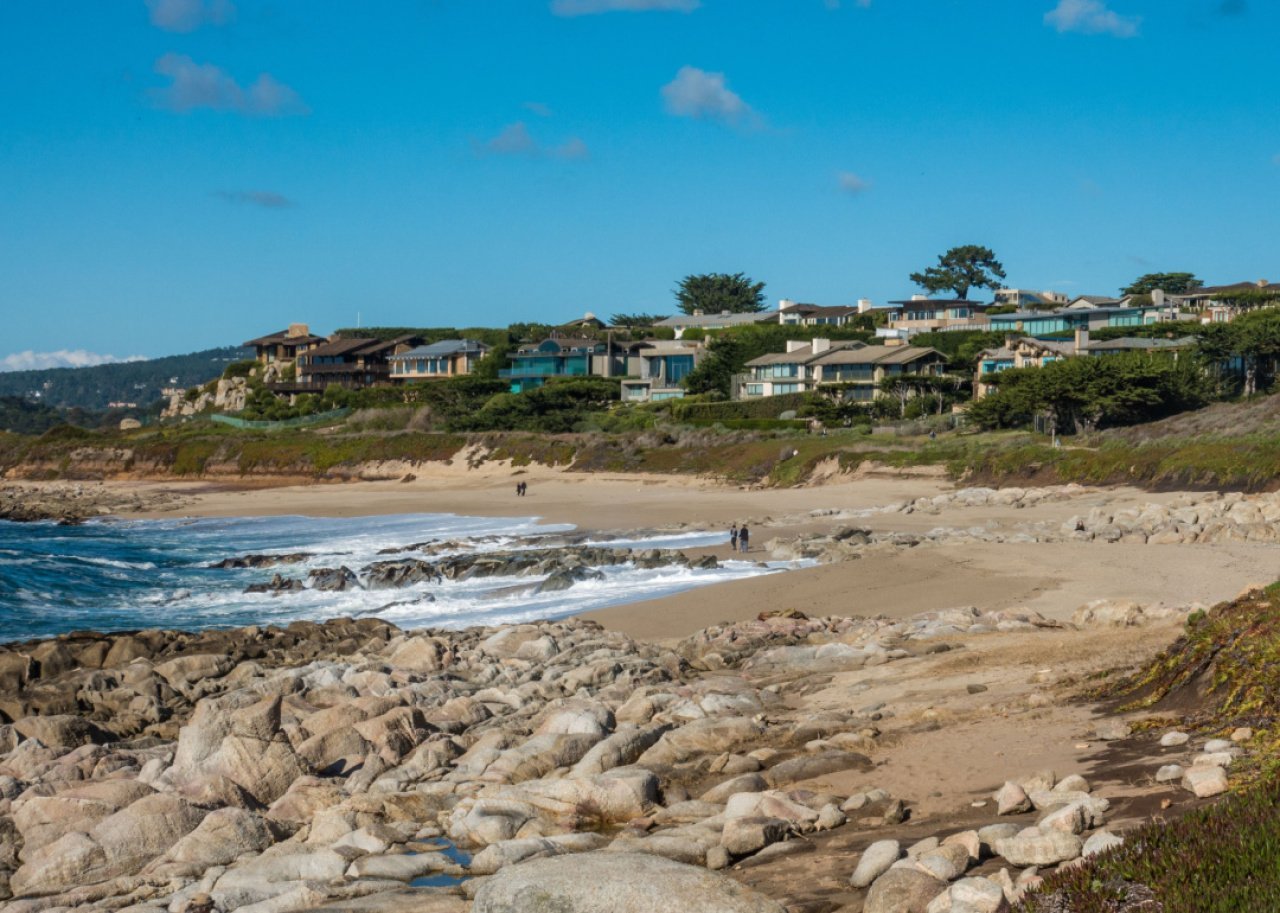
David A Litman // Shutterstock
#5. Carmel-by-the-Sea, California
– Population: 3,186
A popular tourist destination in its own right, Carmel-by-the-Sea is renowned for its charming downtown, historic mission, top-notch restaurants, and stunning Carmel Beach. Some of the town’s first residents were artists such as author Jack London and poet Robinson Jeffers, giving the city an intellectual bent and creative spirit.
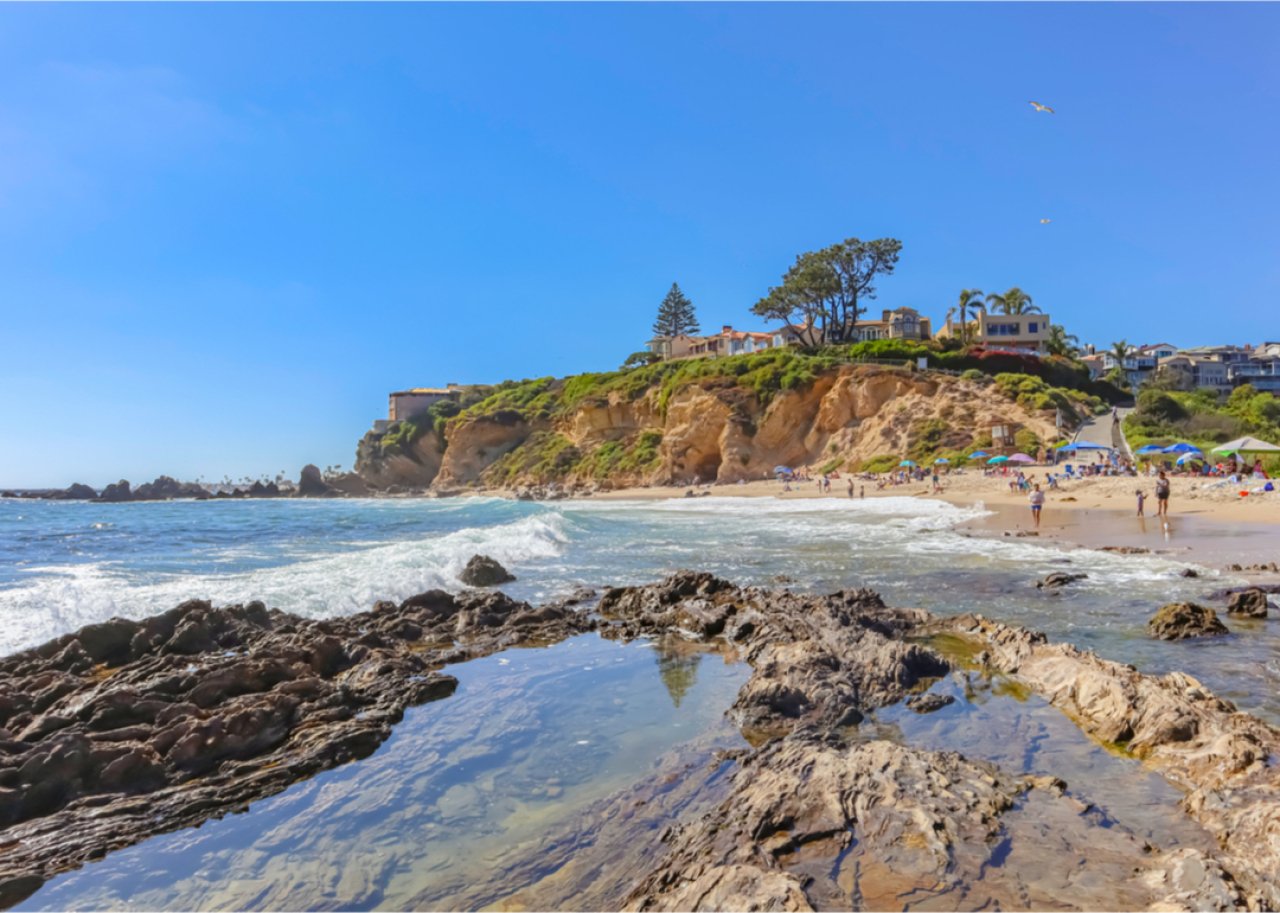
LuvAlisa // Shutterstock
#4. Del Mar, California
– Population: 3,921
Another coastal destination, Del Mar’s gorgeous beaches, legendary horse racing, and delightful downtown village are attractive to both tourists and residents. The city hosts about 2 million visitors annually, but it’s a wonderful place to live year-round.
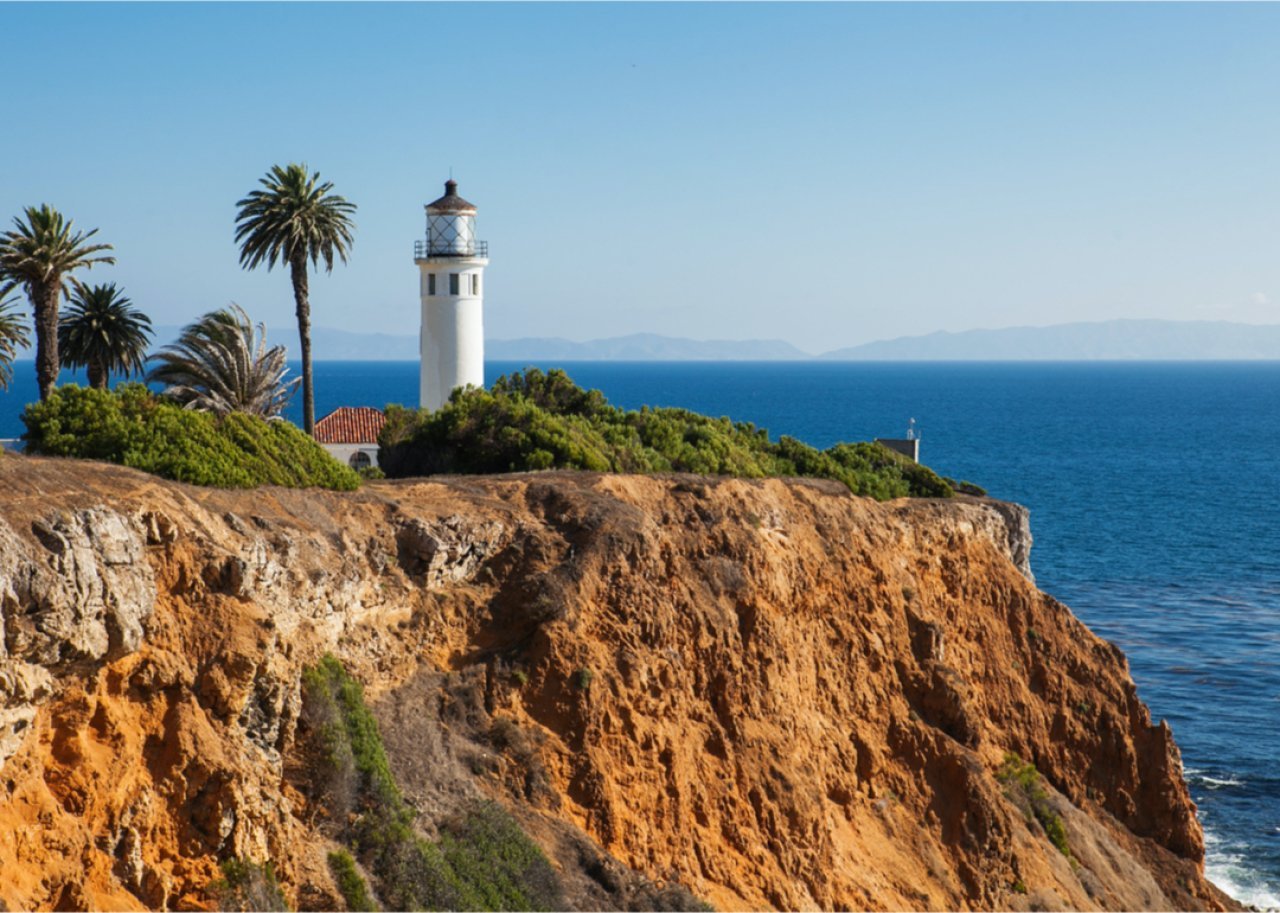
MILA Zed // Shutterstock
#3. Rolling Hills, California
– Population: 1,511
This gated residential community on the Palos Verdes Peninsula covers just three square miles, but each of the 700 properties has at least one acre and is zoned for keeping horses. Nearby attractions include the Palos Verdes Art Center, the hiking and equestrian trails in the Portuguese Bend Reserve, and the architecturally significant Wayfarers Chapel designed by Lloyd Wright, the son of famed architect Frank Lloyd Wright.
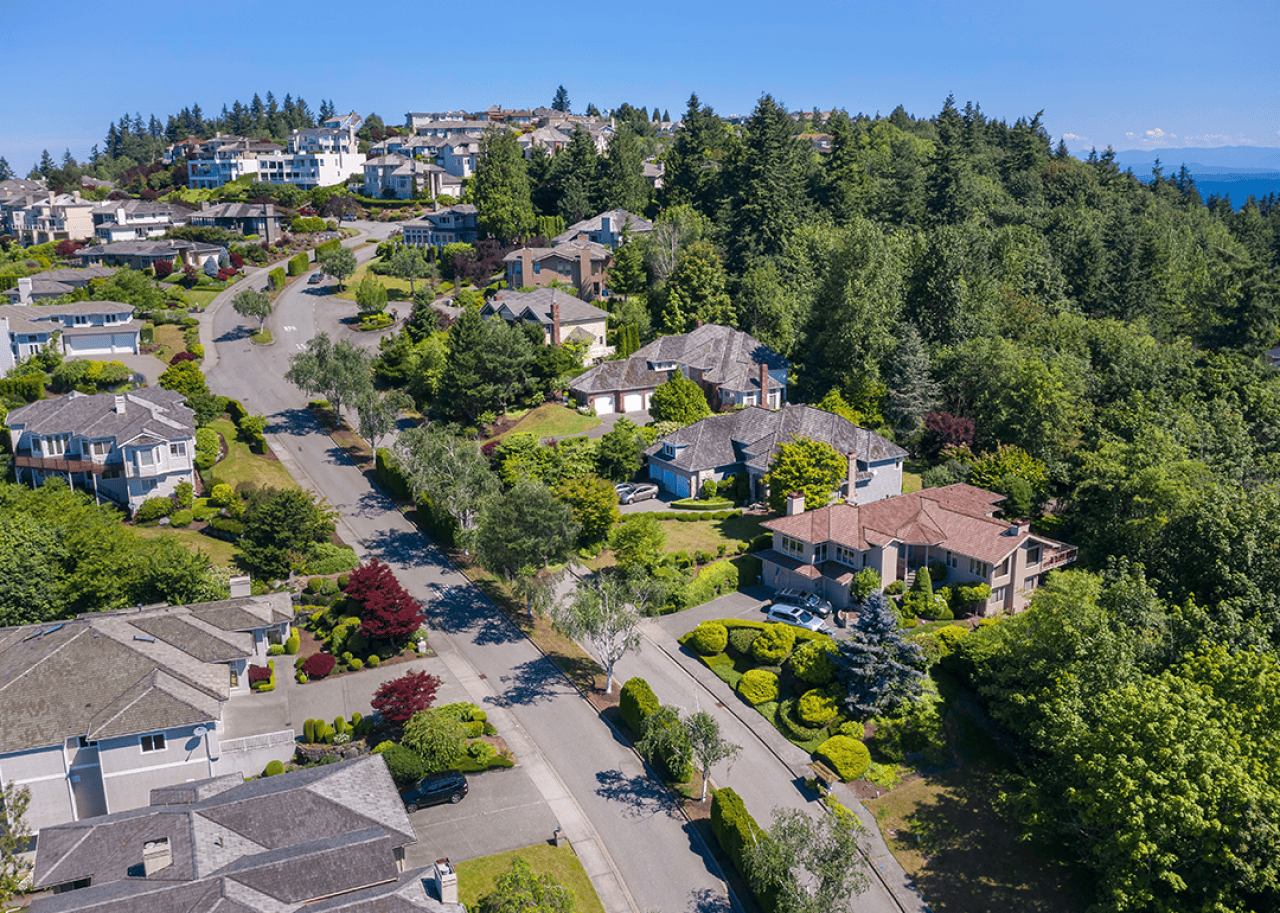
Ryan C Slimak // Shutterstock
#2. Clyde Hill, Washington
– Population: 3,104
From some of Clyde Hill’s higher elevations, you can spy views of Mount Rainier, the Olympic Mountains, and the Cascade Mountain Range, in addition to Lake Washington and the Seattle skyline. The area was first settled in 1882 by Irish immigrant Patrick Downey, and became known for its farming in the early 20th century. Clyde Hill made national news in 1975 when its mayoral race ended in an even tie; the contenders flipped a coin to decide the race.
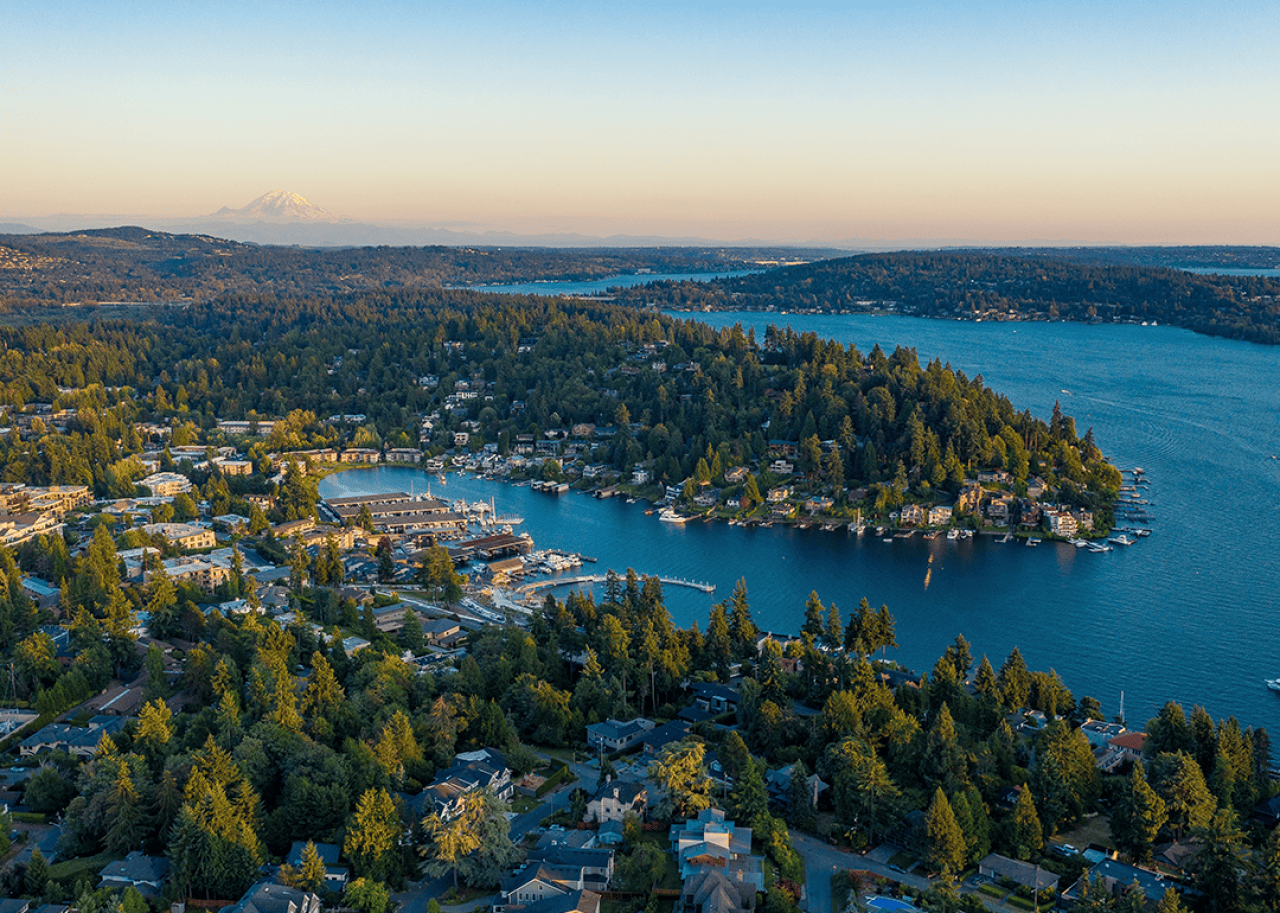
Always Wanderlust // Shutterstock
#1. Yarrow Point, Washington
– Population: 1,192
Set on a peninsula in Lake Washington, Yarrow Point earns the top spot on the list. Though the first homesteads date back to the 1880s, Yarrow Point wasn’t incorporated until 1959. Nearly one-fourth of the homes here have waterfront views—but even residents who aren’t so lucky can enjoy public parks like the Wetherill Nature Preserve and Road End Beach.
Additional writing by Madison Troyer. Story editing by Louis Peitzman. Copy editing by Robert Wickwire.
![]()
